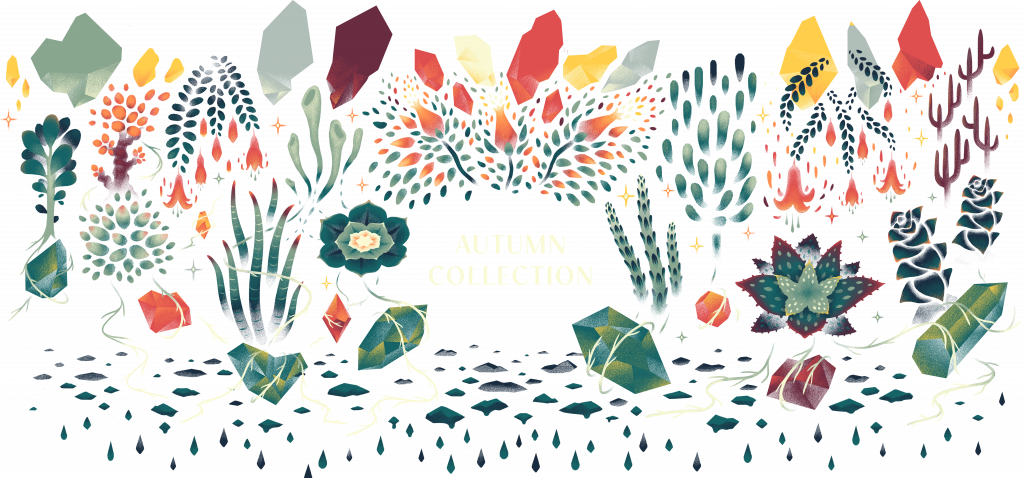
Table of Contents
What’s Inside
The Autumn Collection is our introduction to the world of Root Candy. Sculpted around indoor potted plants, we set our focus on the general health of the soil. Use six different gemstones to start your discovery of these three categories: Macronutrients, Micronutrients and Free Elements.
Ways to Feed Your Plants
Learn three methods of using Root-Candy with Watering Stones, Deficiency Dusts, and Top Cover. We’ve made it easy for you to tailor the way you add nutrients to your garden. You’ll see these symbols often, click on them to read more and learn!

A Deeper Dive
Take a closer look at each stone included in your collection and how to properly use them.
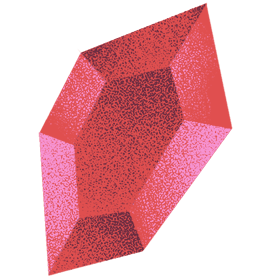
Tourmaline
Al12Si12O36 (BO3)6(OH)6(OH)2
Tourmaline is a complicated, crystalline silicate mineral in which boron combines with numerous other elements such as calcium, aluminum, iron, magnesium, potassium and/or lithium. Because free boron in soil is usually limited, a boron deficiency in plants is common. Borax, the common stain fighter for laundry, is a DIY source for boron if your plant has a deficiency, but over-treatment can be damaging. Tourmaline, on the other hand, is a beautiful and safe way to “feed the need” for boron in your plants.
BOOSTS Boron
HELPS: Cell growth, root health
SUGGESTED USE: Sprinkle Deficiency Dust around the base of your plant. One Cap full per serving. Autumn is time to pull back on feeding, no more than once every 6 weeks for a standard 8” potted plant. Small plants just need a few small pieces to get the serving they need.
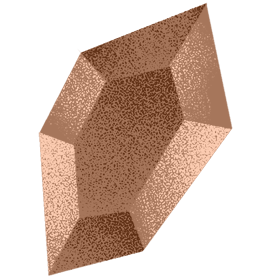
Stromatolite
CaCO3, Fossilized Cyanobacteria
Stromatolites are fossilized deposits of cyanbacteria and are composed of mainly calcium carbonate. Calcium carbonate is used to help prevent various diseases, like mildew, black spot, and rot. Calcium also increases metabolic functions in plant cells, allowing a greater intake of other nutrients such as nitrogen and phosphorus. It will also raise pH in acidic soils.
BOOSTS Calcium + Carbon
HELPS: Cell wall, photosynthesis, growth
SUGGESTED USE: Watering stone – Macro-nutrient + Free element supply. 1-3 per plant may be left in pot for the life of the plant

Chalcopyrite
CuFeS2
Pronounced kal-ko-PYE-rite, this mineral is the most abundant copper ore on earth. Its bronzy-gold, purple-blue iridescent beauty belies its value to plant life—iron is essential for healthy cellular function and chalcopyrite’s high sulfur content keeps soils lightly acidified, preventing iron chlorosis (yellowing leaves). Copper is an important trace element as well as a fungicide.
BOOSTS: Iron + Sulfur
HELPS: Chlorophyll, pigmentation, energy
SUGGESTED USE: Watering stone – micro + macro – nutrient supply 1-3 per plant
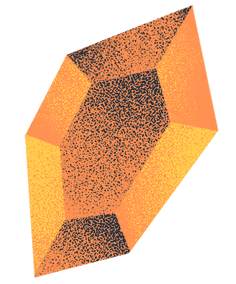
Tiger Eye
Fe2O3 SiO2
Tiger eye makes an excellent watering stone because when wet, the dramatic black and gold, silky luster (called chatoyancy), really shines! Tiger eye is a variety of quartz and needlelike amphibole crystals which have turned to limonite, a hydrated iron oxide. However, because tiger eye is primarily quartz, significant amounts of iron won’t leach into the soil, which is why we paired tiger eye with chalcopyrite, which does add extra beneficial iron as you water.
BOOSTS: Iron
HELPS: Chlorophyll, energy, acidity
Suggested Use: Watering stone for micro nutrient supply 1-10 per plant.
*Has other usage coming soon with Winter Collection.

Opal
SiO2
Opal is a type of amorphous silica that formed as tiny spherical particles in a solidified gel. Light hitting these spheres can sometimes be reflected and refracted into blazing, micro-rainbows. Opal is also hydrophilic—it needs water to stay beautiful. If this opal top-dressing becomes less beautiful, it, and your plants, need water. You may also use dry opal on an overwatered plant to absorb excess water. The beautiful thing about opal (besides how gorgeous it is) is it will create an equilibrium of water. More simply put, its retains, absorbs and releases.
When used as a top dressing Opal is ideal for sensitive plants as it is a lighter stone that won’t crush delicate root systems. Heavier stones should be added carefully, certain plants don’t enjoy the weight on their root system.
BOOSTS: Water Regulation
HELPS: water retention, absorption, & Release
SUGGESTED USE: As Top dressing + watering stone
Opal is beautiful + hydrophilic— its appearance will change when soaked in water or when it drys out • Use opals as filler in a humidity tray for a beautiful result.
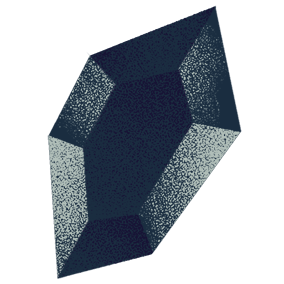
Shungite
C60
This strange mineraloid is virtually pure carbon (C) with a Fullerene internal structure. It will help your plants build strong cell walls and filter out impurities in your water. The unique fullerenes structure has strong anti-microbial and antibacterial properties. Making it the perfect stone for top cover. When in water the fullerenes in shungite attract and filter most waterborne contaminants. Not to mention carbon is required by plants in huge quantities.
BOOSTS Carbon
HELPS: Cell walls, filters water impurity
SUGGESTED USE: Top dressing when watering, Shungite filters water directly. Also great for drainage + soil additive, use with or in place of biochar as an added soil amendment

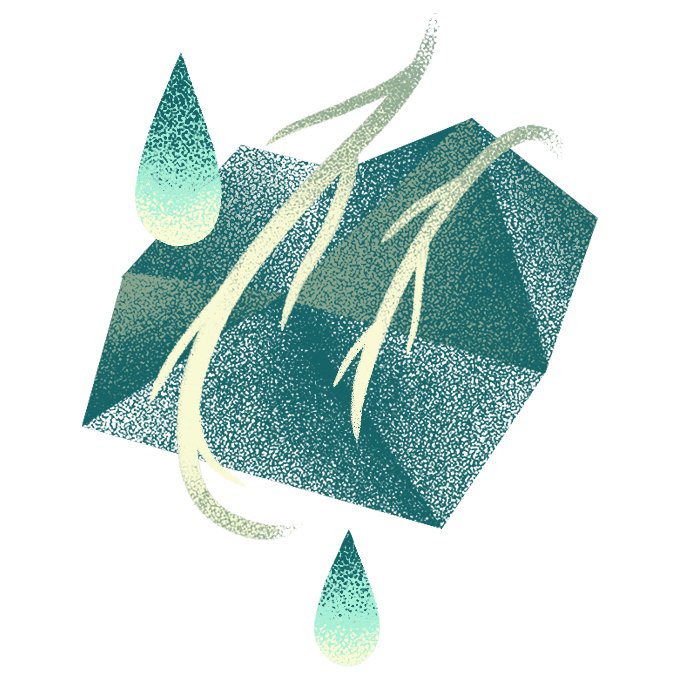
Watering Stone
Slow Release
Water Stones are beautiful and functional. Stones can be placed around plant in any design you wish. Simply water directly onto the stone instead of watering your soil. Nutrients slowly trickle into the soil and root system. Water will change the appearance of your watering stone… for the better. Keep watering stones with plants for as long as necessary. They can be rearrange or used with other plants, just be sure to clean them in between. Watering Stones are a great way to feed your plant necessary macro + micronutrients over time without any chance of over feeding.

Deficiency Dust
Concentrated
Deficiency Dusts are bite sized to release their nutrients quickly. Ranging from small pieces to fine dusts depending on their potency. Sprinkle across the surface of your soil or over a top cover to add some sparkle and color. Mist for a fun color change or water as usual. Deficiency dusts can be used as a general micronutrient additive or as a treatment for a specific nutrient deficiency. Add gradually and allow time for the elements to do their part before giving another dose.
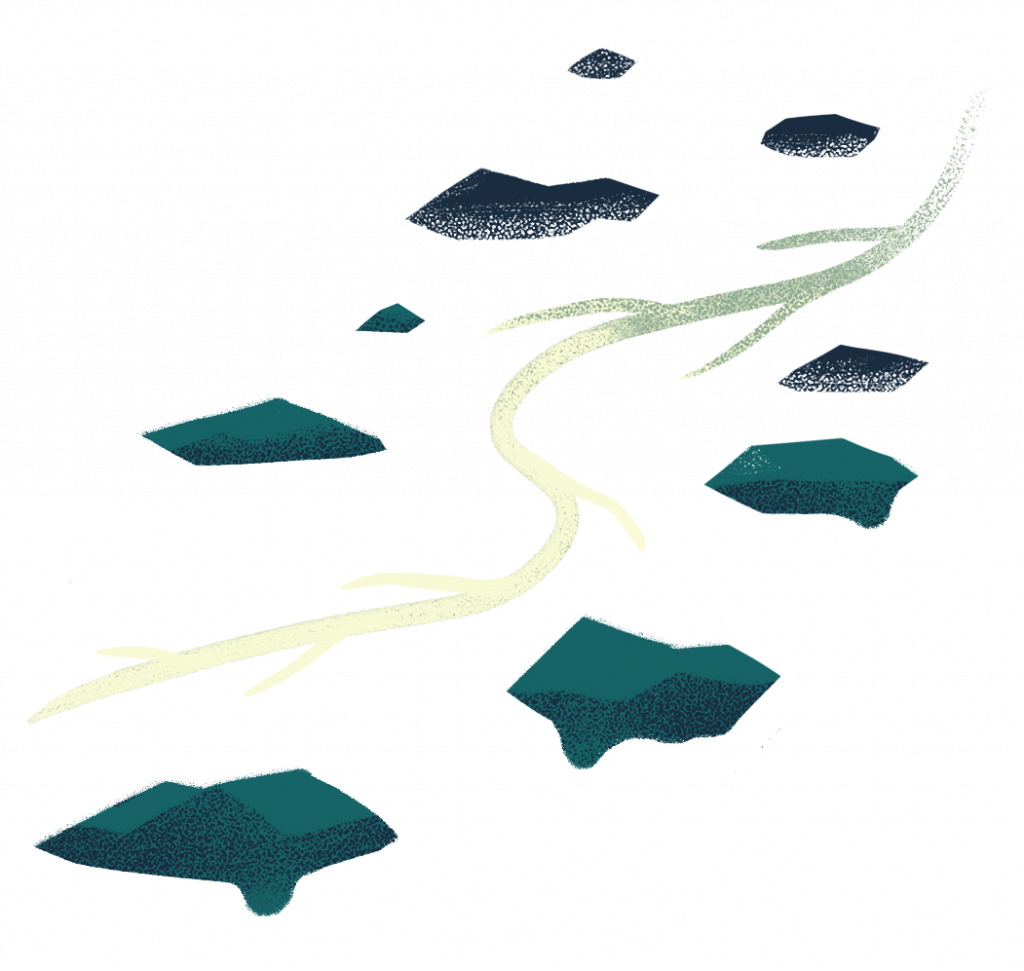
Top Cover
Top soil cover or “Top Dressing” completely covers the surface of the soil around your plant. This will help maintain moisture levels, keep weeds at bay and if done with an indicator stone like opal, help to show when water is needed. This stone barrier slows water evaporation. They are also a great way to absorb excess water from soil and release water when soil is too dry. Putting a layer of gems around your plants base protects them from standing water and keeps wet soil off their leaves. It limits soil erosion, rot and can help with preventing insects laying their eggs in the soil. Succulents especially benefit from top covers. Both top covers in the Autumn Collection are in the free elements category. They do not provide any macro or micronutrients so there is no risk of over feeding by using too much. Although not all plants enjoy a top cover, to heavy for their roots, so please make sure to research your plants desires.
Gemstones and minerals can provide the same nutrients as synthetic and lab cultured chemical plant foods.
Macronutrients are Nitrogen (N), Phosphorus (P) , Potassium (K), Calcium (Ca), Magnesium (Mg), Sulfur (S),

Micronutrients are Iron (Fe), Manganese (Mn), Copper (Cu), Boron (B), Molybdenum (Mo), Cobalto (Co) and Zinc (Z)
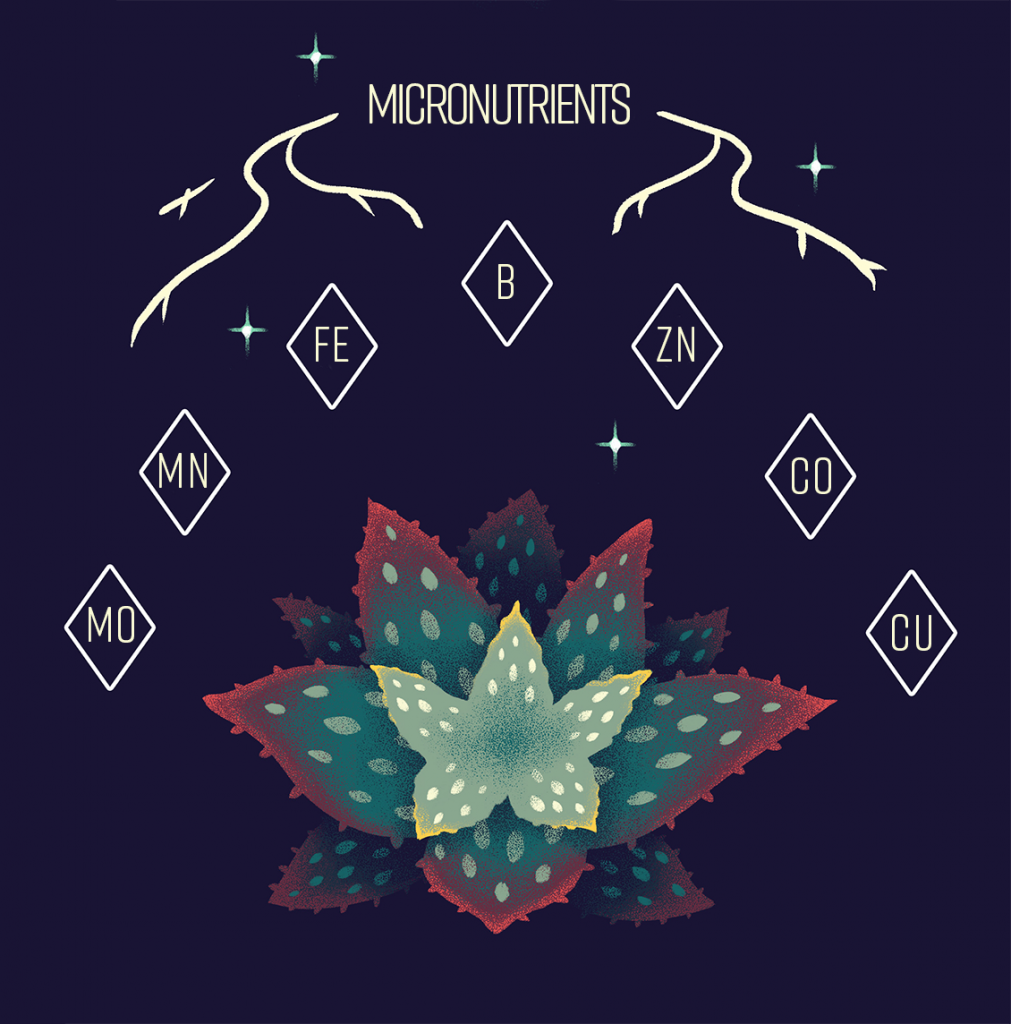
There are also “Free atoms” not considered a nutrient to supplement, and these three atoms make up over 50% of the mass of any organism; they are: Carbon (C) and Oxygen (O), and Hydrogen (H), converted from carbon dioxide and water in the environment. Silica is a great soil additive that is similar to other inorganic amendments like vermiculite, perlite, and gravel.
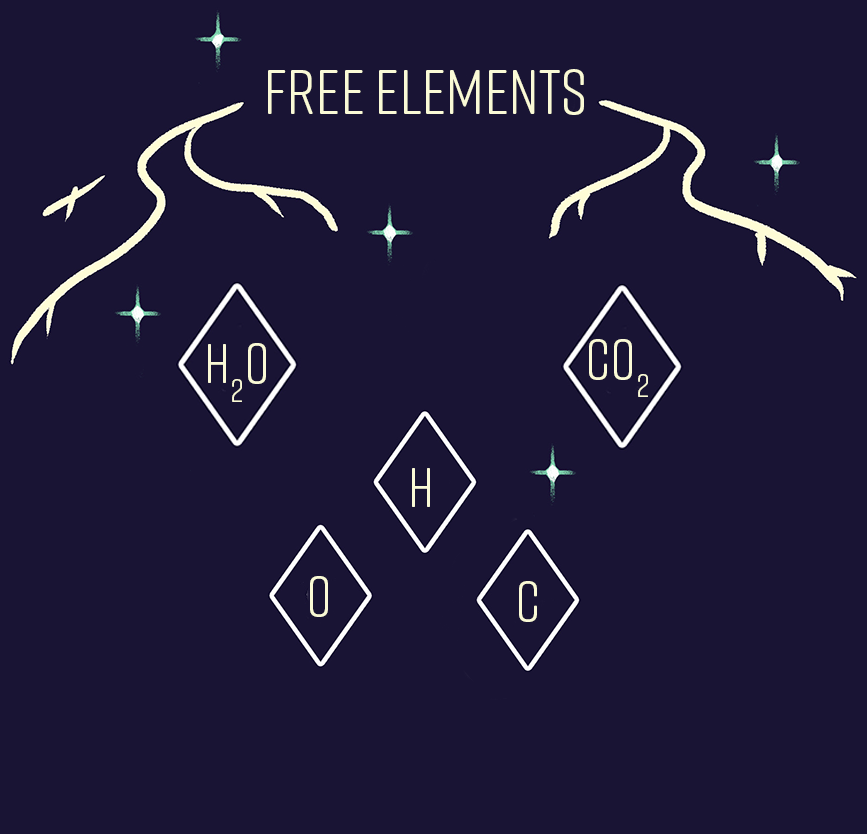

Looking For More Guidance?
We’re always happy to help you and your plants! Email us at hello@root-candy.com
Helpful & Interesting Links
A friend of ours wrote an interesting article on how to crystals are found by surveying the plants found in the area. Read the Organic Mining article here!